How To Set Up A Tripod For Camera ?
To set up a tripod for a camera, start by extending the tripod legs to your desired height. Make sure the legs are securely locked in place. Attach the camera mounting plate to the camera by screwing it into the tripod socket. Then, align the mounting plate with the tripod head and secure it in place. Adjust the tripod head to the desired angle and tighten the locking mechanism. Finally, check that the tripod is stable and level before using it to capture your shots.
1、 Adjusting tripod legs for stability and desired height
To set up a tripod for a camera, follow these steps:
1. Choose a suitable location: Find a flat and stable surface to place your tripod. Avoid areas with uneven ground or potential hazards that could cause the tripod to tip over.
2. Extend the tripod legs: Start by loosening the leg locks or clasps on each leg. Extend the legs to your desired height, ensuring that all three legs are extended evenly. Most tripods have adjustable leg sections that can be locked at different lengths.
3. Adjust the leg angles: Many tripods have legs with multiple angle options. Adjust the leg angles to provide maximum stability. For example, spreading the legs wider apart can increase stability, especially in windy conditions.
4. Lock the legs: Once you have set the desired height and leg angles, tighten the leg locks or clasps to secure the legs in place. Make sure they are tight enough to prevent any movement but not so tight that they become difficult to adjust later.
5. Attach the camera: Most tripods have a mounting plate or quick-release system to attach the camera. Align the camera's mounting hole with the tripod's mounting plate and securely fasten it in place. Ensure that the camera is balanced and level on the tripod.
6. Fine-tune the position: Adjust the tripod head to position the camera exactly where you want it. This may involve panning left or right, tilting up or down, or even rotating the camera to a vertical orientation.
7. Check stability: Give the tripod a gentle shake to ensure it is stable. If it wobbles or feels unsteady, readjust the legs or tighten the leg locks as necessary.
Remember, different tripods may have specific features or mechanisms, so it's always a good idea to consult the manufacturer's instructions for your particular model. Additionally, consider the latest advancements in tripod technology, such as lightweight carbon fiber materials or innovative leg-locking mechanisms, which can enhance stability and ease of use.
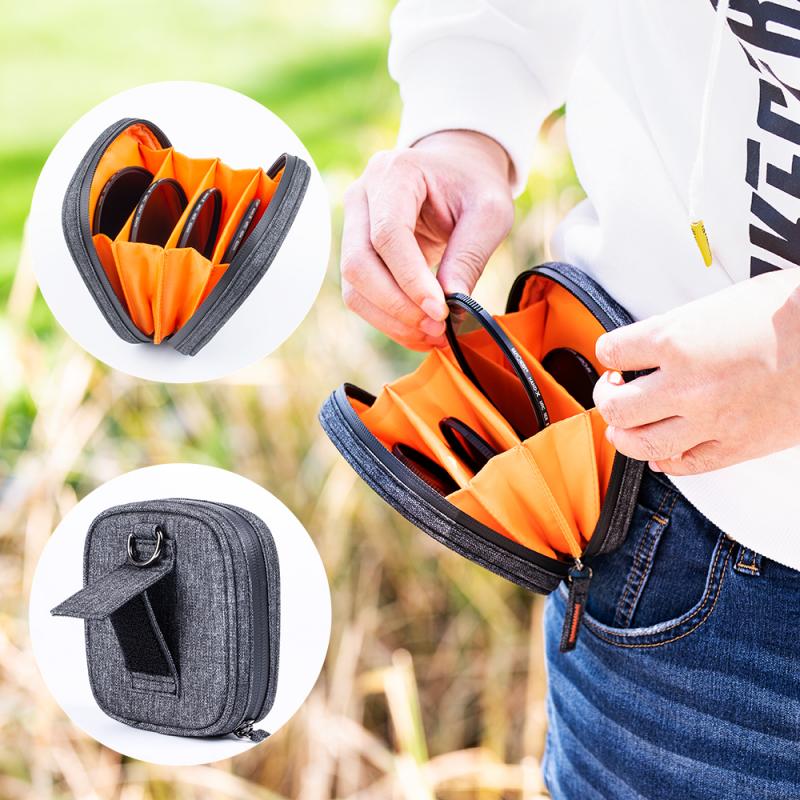
2、 Mounting the camera securely onto the tripod head
Setting up a tripod for a camera is a crucial step in ensuring stability and capturing high-quality images. To begin, unfold the tripod legs and adjust them to the desired height. Most tripods have adjustable leg sections that can be locked into place. Make sure the legs are spread evenly for maximum stability.
Next, locate the tripod head, which is the part that holds the camera. There are different types of tripod heads, such as ball heads and pan-tilt heads. Choose the one that suits your needs and attach it securely to the tripod center column.
Now, it's time to mount the camera onto the tripod head. Start by removing the camera's lens cap and aligning the camera's mounting screw with the tripod head's mounting plate. The mounting plate usually has a screw that can be tightened to secure the camera in place. Ensure that the camera is securely attached to the tripod head to prevent any accidental falls.
Additionally, it is important to consider the weight of your camera and lens combination. Make sure that the tripod you are using can support the weight of your equipment. Some tripods have weight limits specified by the manufacturer, so it's essential to check these specifications before mounting your camera.
Lastly, ensure that the camera is level by using the built-in bubble level or a separate leveling tool. This will help you capture straight and balanced shots.
In conclusion, setting up a tripod for a camera involves unfolding and adjusting the legs, attaching the tripod head securely, and mounting the camera onto the tripod head. By following these steps, you can ensure stability and capture high-quality images.
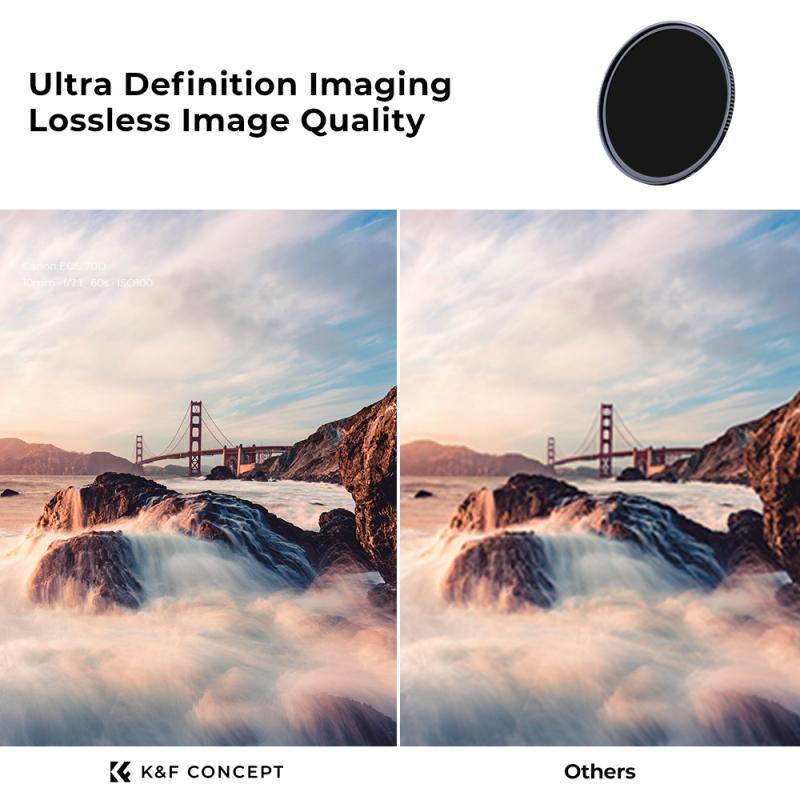
3、 Leveling the tripod to ensure a straight horizon
Setting up a tripod for a camera is essential to ensure stability and avoid shaky footage or blurry images. Here's a step-by-step guide on how to set up a tripod properly:
1. Choose a suitable location: Find a flat and stable surface to place your tripod. Avoid areas with uneven ground or potential hazards.
2. Extend the tripod legs: Unlock the leg locks and extend each leg to your desired height. Make sure all the legs are extended evenly to maintain stability.
3. Lock the leg locks: Once you have adjusted the tripod legs to the desired height, lock the leg locks securely to prevent any accidental collapse.
4. Attach the camera plate: Most tripods come with a quick-release plate that attaches to the camera. Align the plate with the camera's tripod mount and tighten the screw to secure it in place.
5. Mount the camera: Slide the camera with the attached plate onto the tripod head and ensure it is securely fastened. Use the locking mechanism on the tripod head to prevent any movement.
6. Level the tripod: To ensure a straight horizon, use the built-in bubble level on the tripod head or a separate bubble level tool. Adjust the tripod legs' height as needed until the bubble is centered.
7. Fine-tune the composition: Once the tripod is leveled, adjust the camera's position and angle to frame your shot. Use the tripod's pan and tilt controls to achieve the desired composition.
Remember, technology is constantly evolving, and new features may be available on modern tripods. Some tripods now come with built-in leveling systems or electronic leveling indicators, which can simplify the leveling process. Always refer to the manufacturer's instructions for specific details on setting up your tripod.
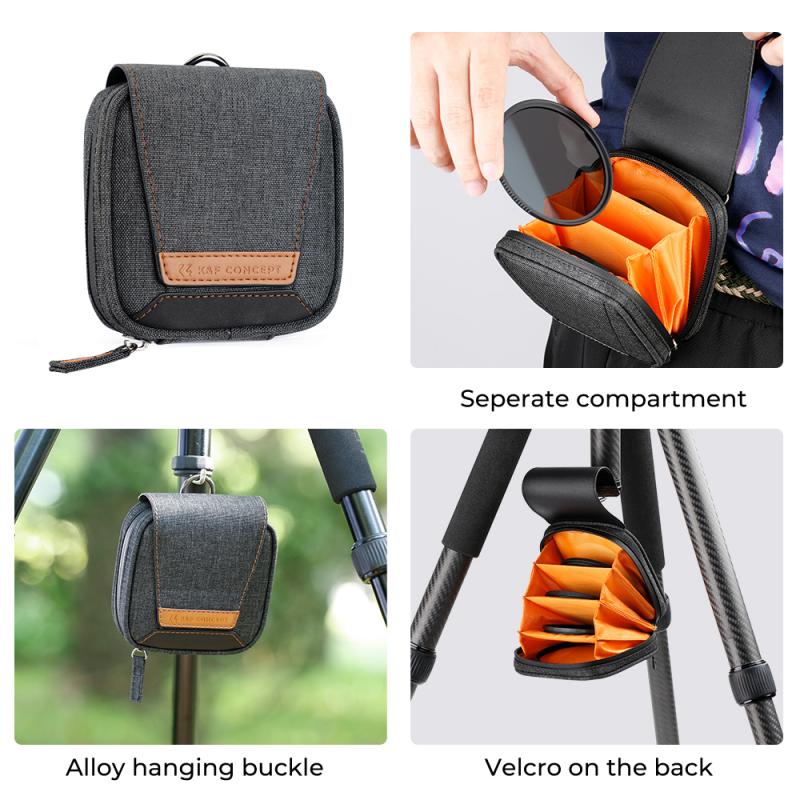
4、 Using tripod controls for smooth panning and tilting
Using a tripod is essential for achieving stable and professional-looking shots with your camera. Here's a step-by-step guide on how to set up a tripod for your camera:
1. Choose a sturdy and level surface: Look for a stable area to set up your tripod. Avoid uneven or slippery surfaces that could cause the tripod to wobble or tip over.
2. Extend the tripod legs: Start by loosening the leg locks and extending each leg to your desired height. Make sure all three legs are extended evenly to maintain stability.
3. Lock the legs in place: Once you have adjusted the tripod legs to the desired height, tighten the leg locks securely to prevent any accidental collapse.
4. Attach the camera plate: Most tripods come with a quick-release plate that attaches to the bottom of your camera. Align the plate with the camera's tripod mount and tighten the screw to secure it in place.
5. Mount the camera: Once the plate is securely attached, slide it into the tripod head's quick-release mechanism and lock it in place. Ensure that the camera is properly balanced on the tripod.
Now that your tripod is set up, you can use the tripod controls for smooth panning and tilting:
1. Panning: To achieve smooth horizontal movements, loosen the pan lock on the tripod head. Slowly rotate the camera left or right using the pan handle, maintaining a steady motion.
2. Tilting: Loosen the tilt lock to adjust the camera's vertical angle. Tilt the camera up or down using the tilt handle, ensuring a controlled and smooth movement.
3. Adjusting tension: Some tripods allow you to adjust the tension of the pan and tilt movements. This feature enables you to customize the resistance to suit your preferences and the weight of your camera setup.
Remember to practice and experiment with different tripod controls to master smooth panning and tilting techniques. Additionally, always ensure that your tripod is stable and secure before leaving your camera unattended.
In recent years, advancements in tripod technology have introduced features like fluid heads, which provide even smoother and more controlled movements. These fluid heads use hydraulic dampening to minimize jerky motions and vibrations, resulting in professional-looking footage. Additionally, some tripods now come with built-in leveling systems and bubble levels, making it easier to ensure that your camera is perfectly level.
Overall, setting up a tripod for your camera and utilizing its controls for smooth panning and tilting is crucial for capturing stable and professional footage.
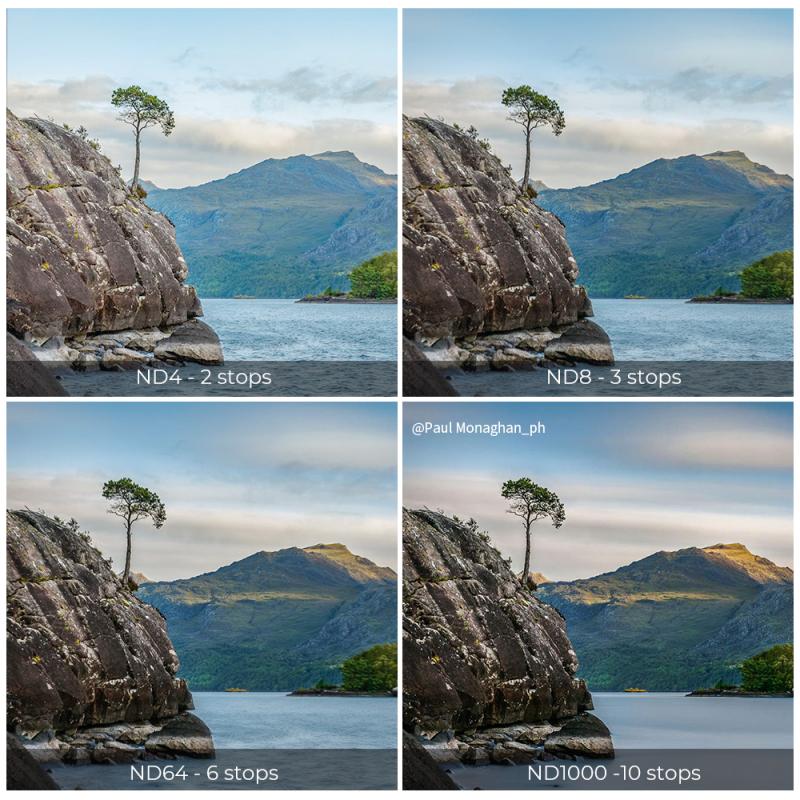

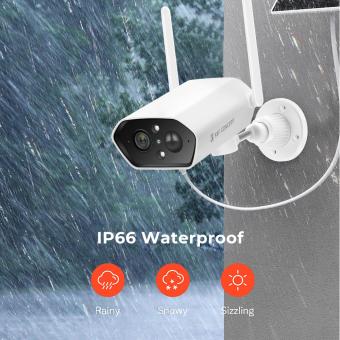



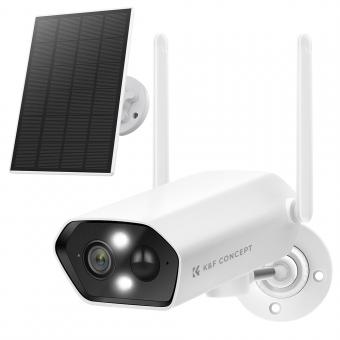





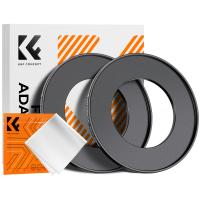

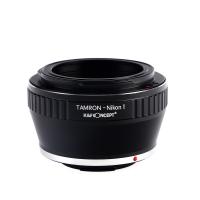
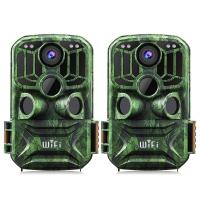
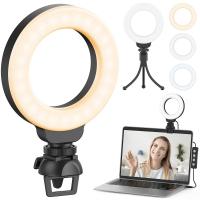


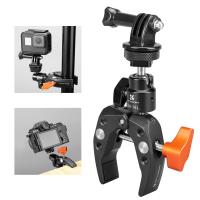


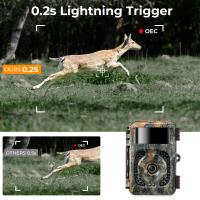
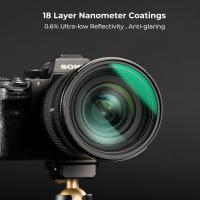

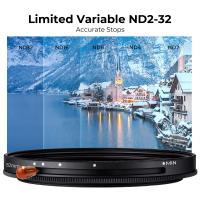
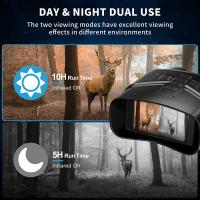
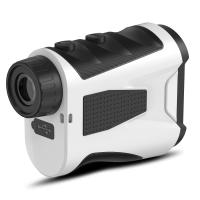
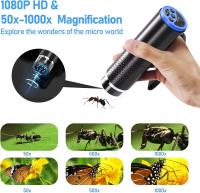
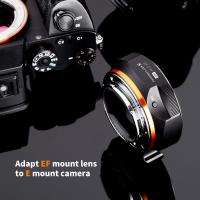

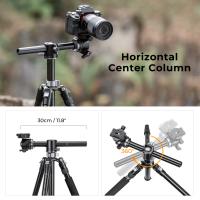
There are no comments for this blog.